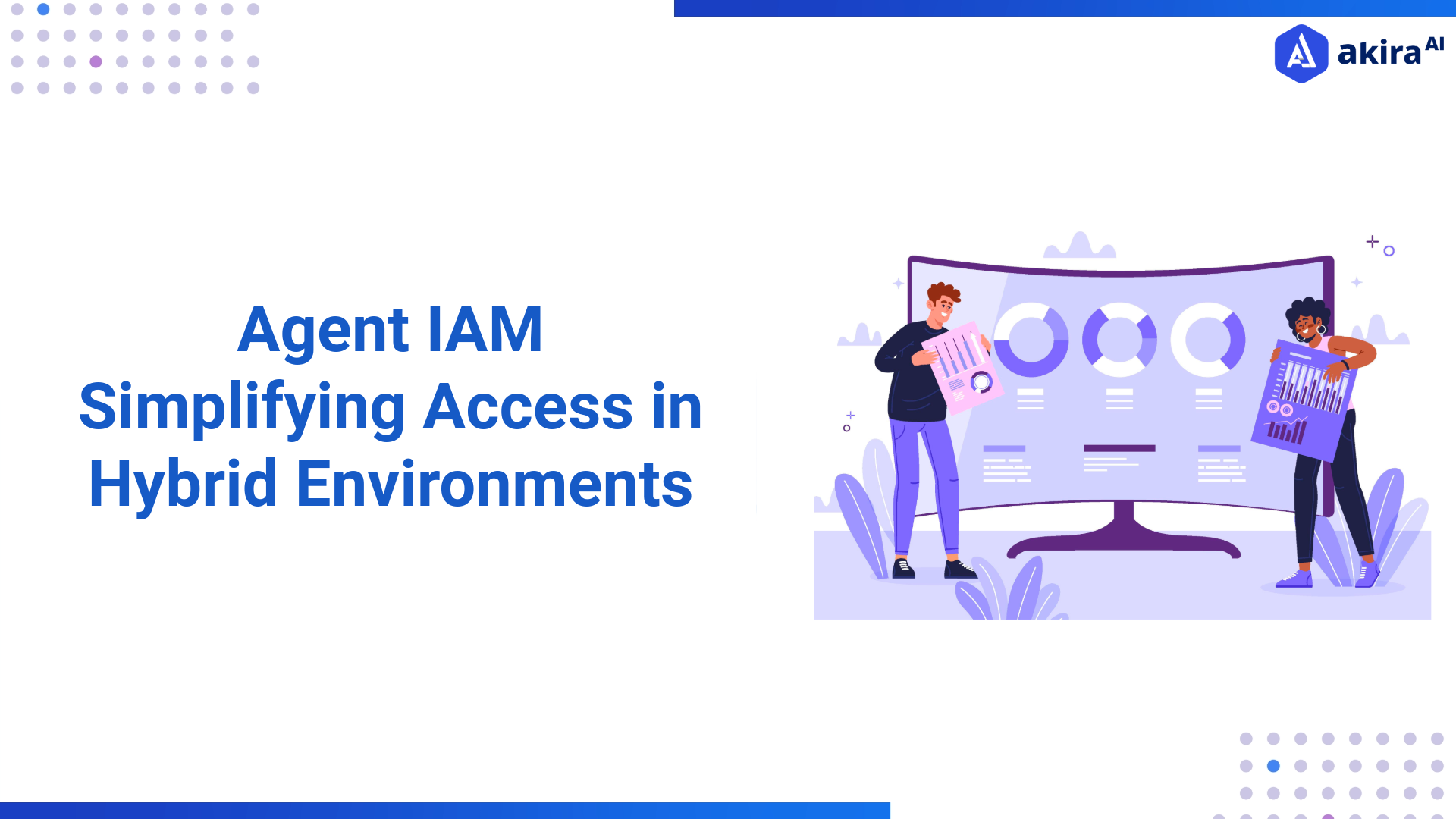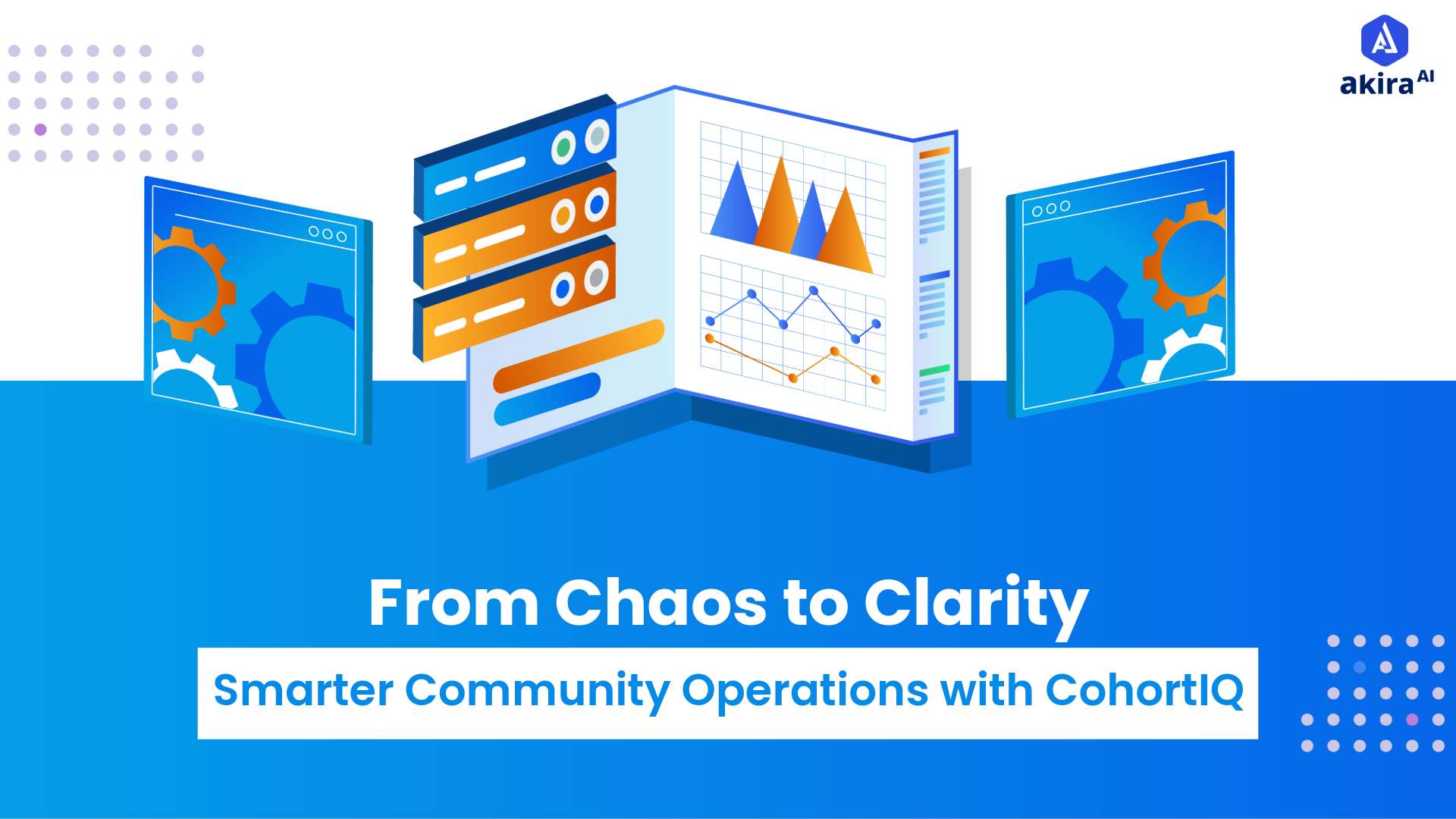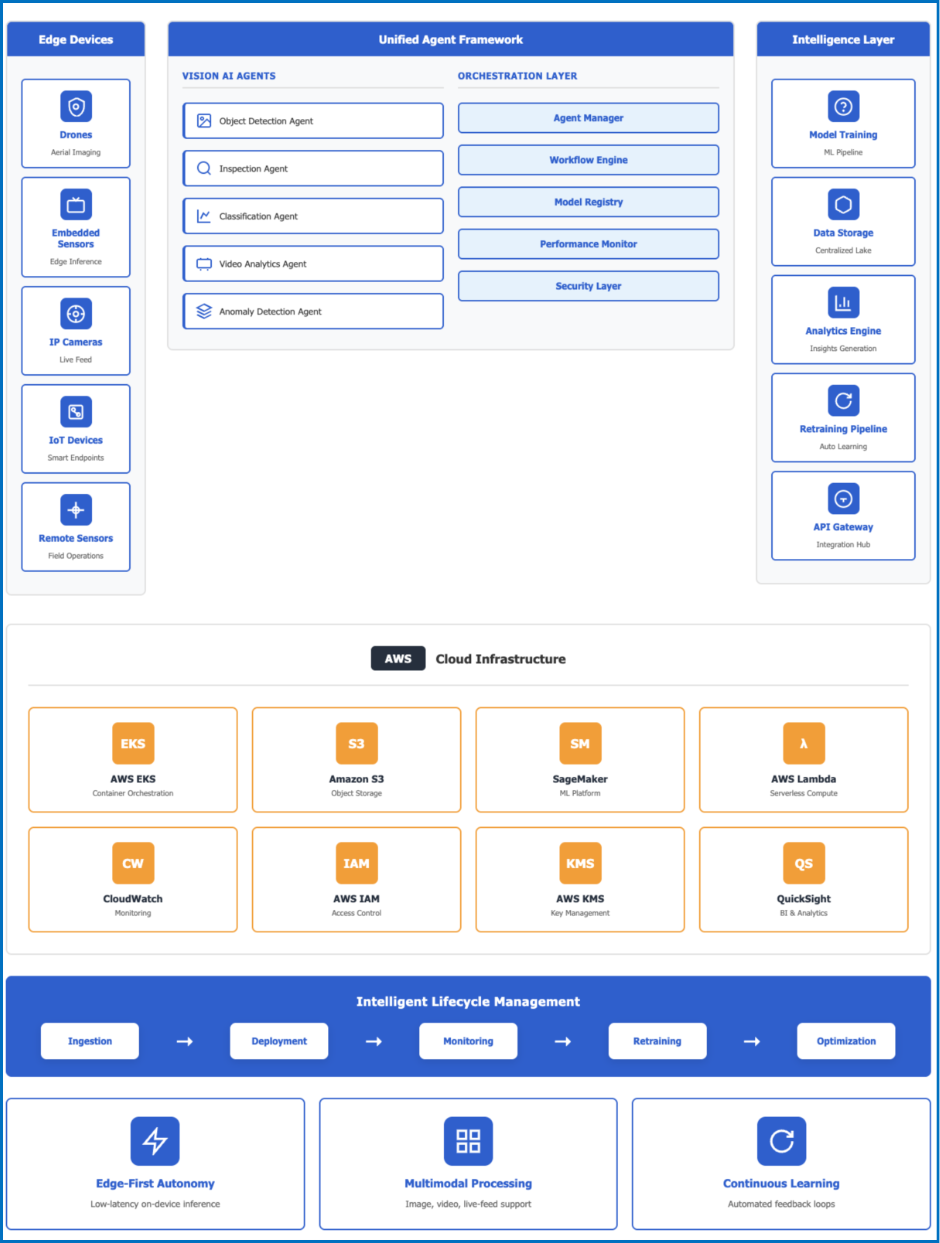Results and Benefits
Business Outcomes and Success Metrics
-
65% faster onboarding via automated ServiceNow-driven JML workflows.
-
Zero manual provisioning across SAP, Salesforce, and Oracle Fusion.
-
Audit compliance achieved under RBI and ISO 27001 frameworks with unified reporting.
-
Centralized governance across hybrid workloads (AWS and on-prem).
-
Reduced operational overhead by 50%, enabling IT teams to focus on innovation.
-
AI Agent access fully governed, reducing credential misuse and compliance risk.
Technical Benefits
-
Unified authentication across AWS IAM and FreeIPA.
-
Policy consistency ensured through OPA Policy-as-Code.
-
Secure, short-lived tokens for AI and automation workloads.
-
Centralized audit logging with CloudWatch and OpenSearch.
-
Improved scalability for EKS microservices with automatic IAM role synchronization.
Customer Testimonial
Lessons Learned
Challenges Overcome
-
Directory synchronization between FreeIPA and AWS IAM required custom attribute mapping.
-
Legacy applications needed secure, low-latency CUA automation pipelines.
-
Policy rationalization across SAP, Salesforce, and Fusion required multiple validation cycles.
Best Practices Identified
-
Start with a unified policy baseline before enabling cross-environment federation.
-
Implement CUA bots only after securing UI-level automation credentials via Secrets Manager.
-
Maintain separate OPA policy sets for human and AI identities for better traceability.
Future Plans
The enterprise plans to extend Agent IAM to cover:
-
Cross-account federation across AWS Organizations for partner ecosystems.
-
AI-based anomaly detection in access patterns using AWS Bedrock.
-
Additional SaaS integrations (Slack, Jira, GitHub) for full enterprise coverage.
-
Continuous compliance automation with AWS Audit Manager integration.
Xenonstack will continue to enhance the IAM governance model to support scaling AI-driven enterprise automation and deeper cross-cloud integrations.





